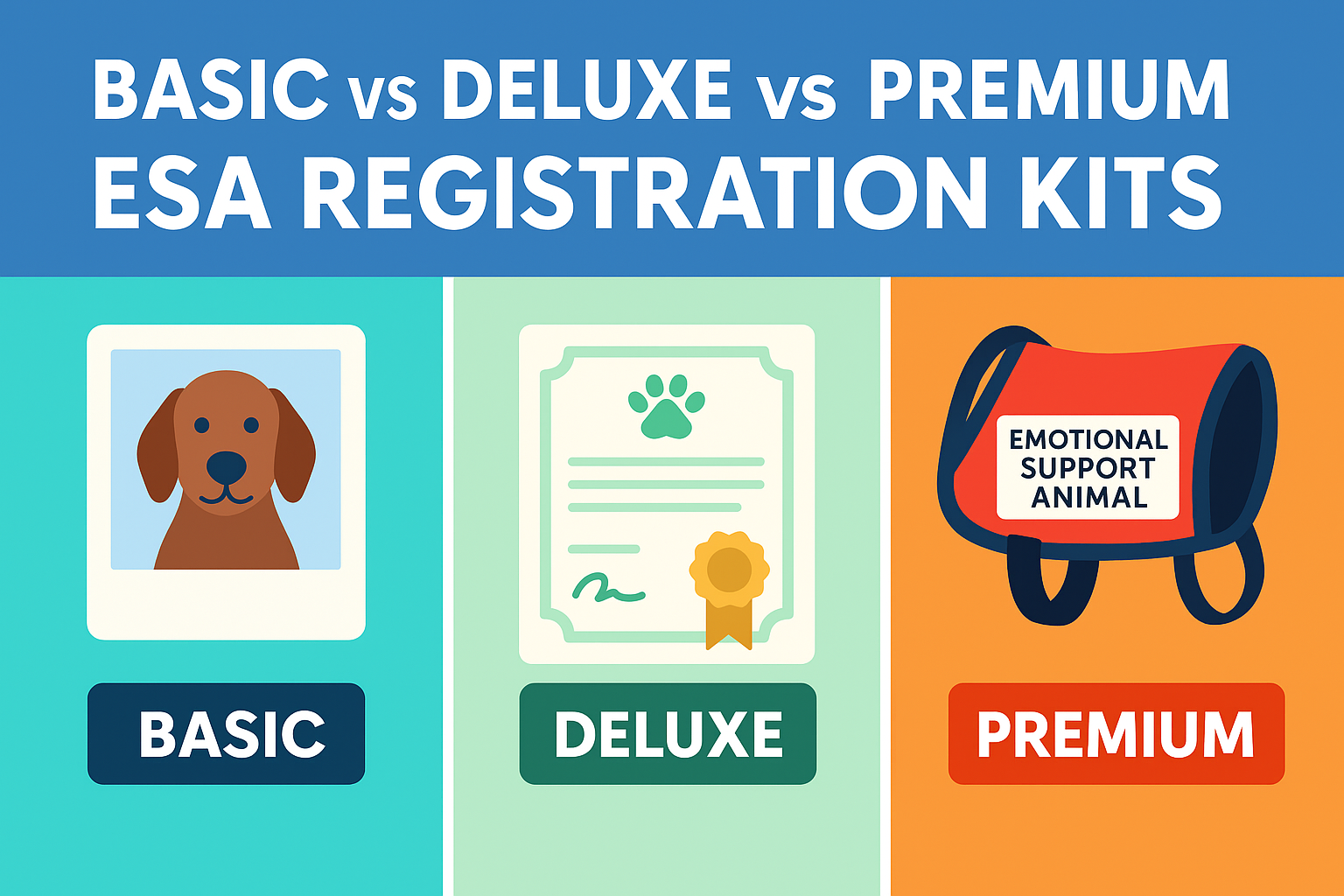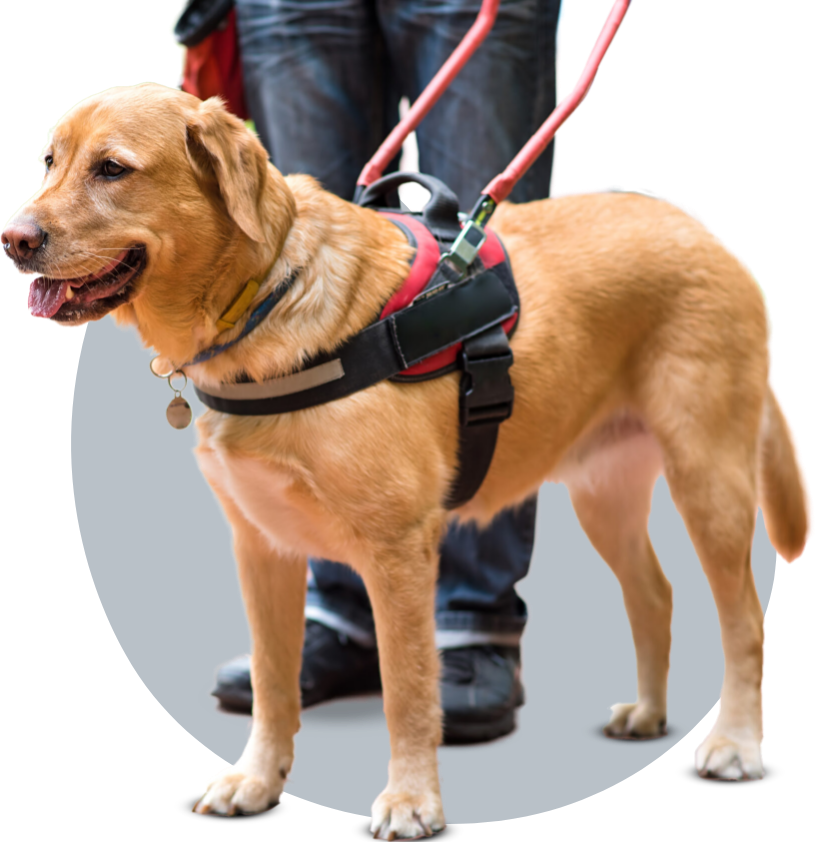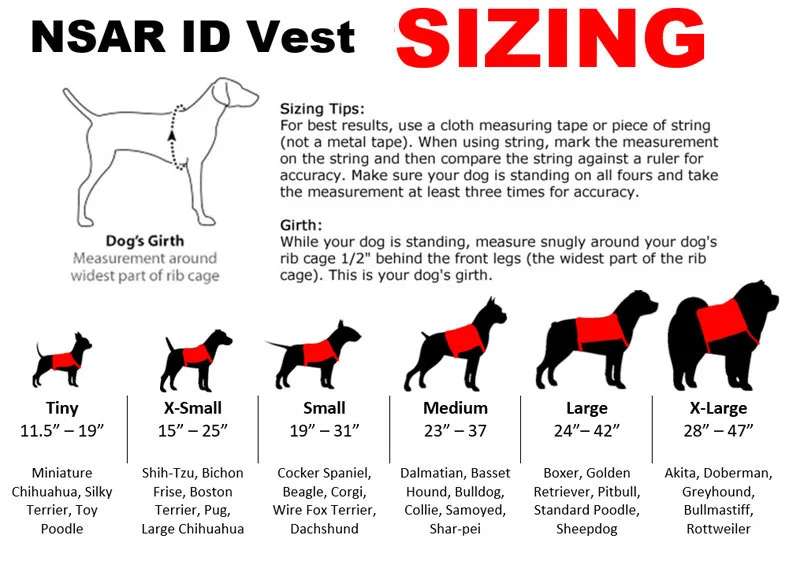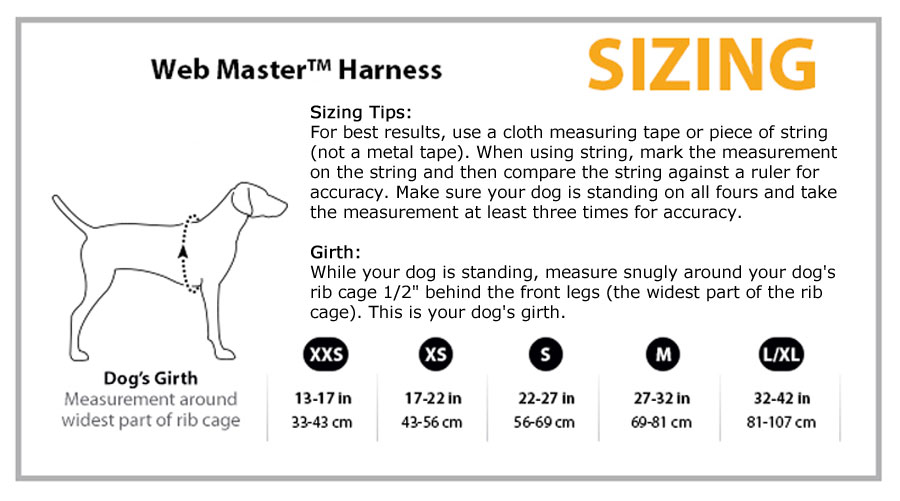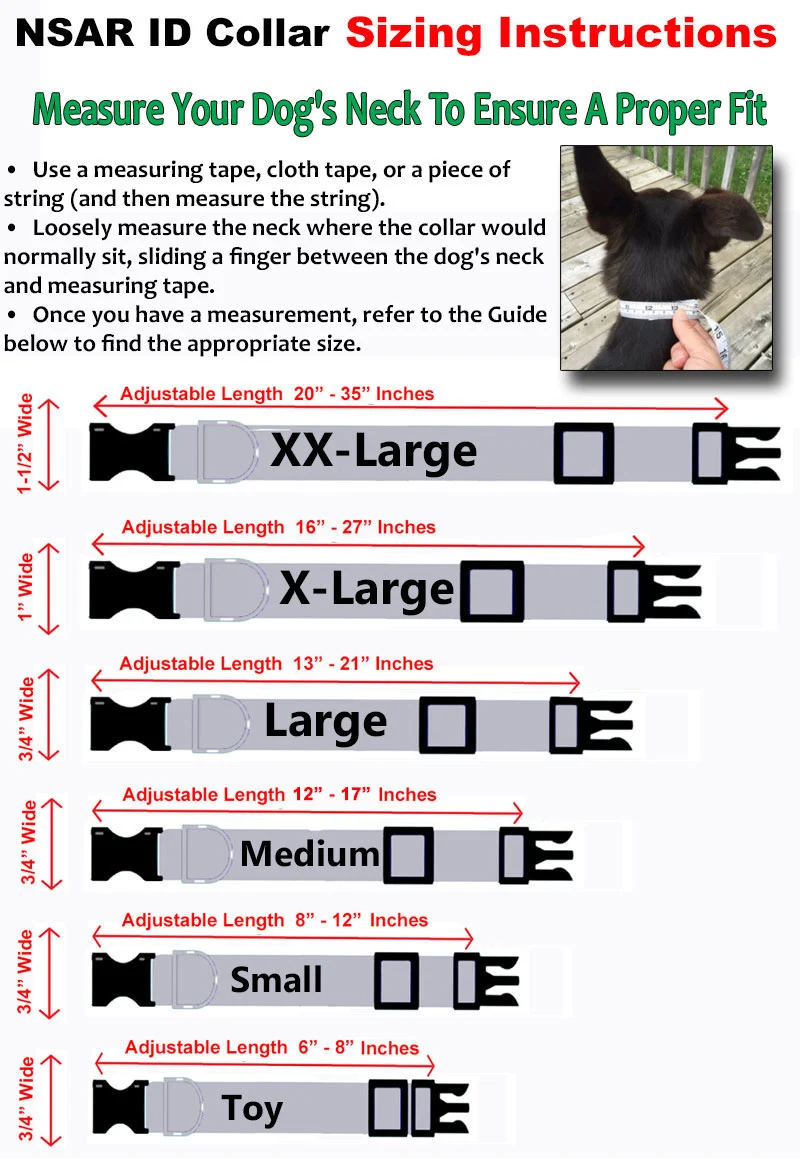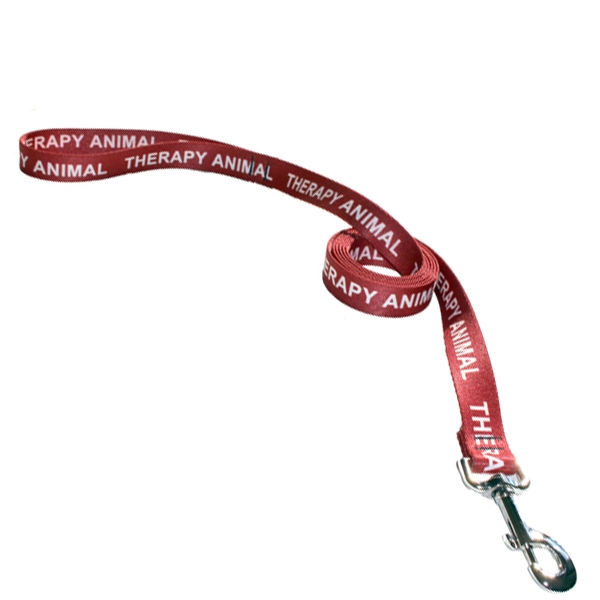The Best Diet Options for Service Dogs : Fueling Heroes
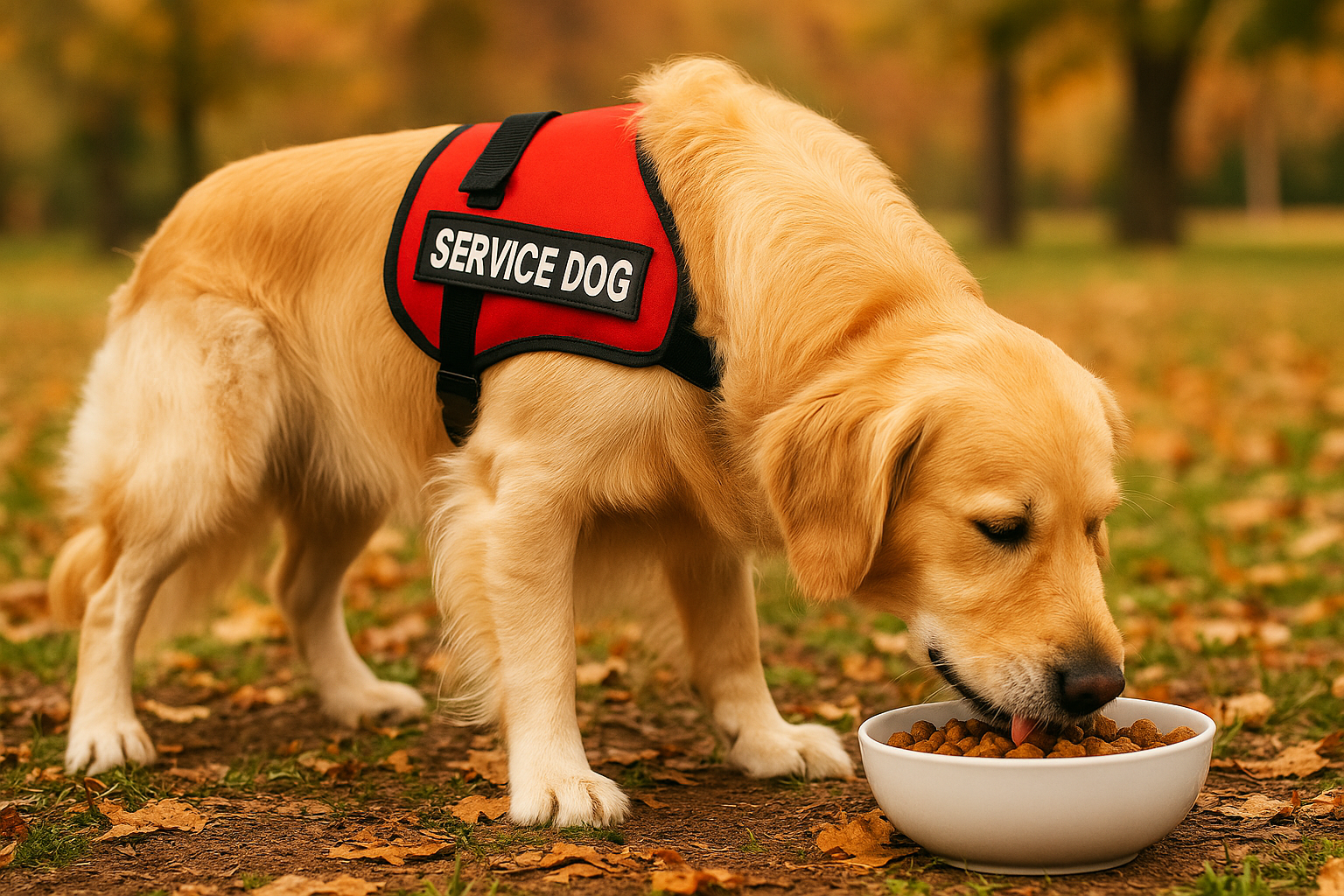
? Introduction: Why Nutrition Matters More for Service Dogs
Service dogs aren’t just companions—they’re highly trained working animals who assist with mobility, medical alerts, mental health stabilization, and more. These loyal heroes often work long hours, remain mentally sharp, and perform physically demanding tasks. Like elite athletes, their bodies require optimal fuel to perform their best.
In this article, we’ll walk you through:
- How an active service dog’s nutritional needs differ from a typical pet
- The best commercial and raw diet options
- Key ingredients and feeding schedules
- Hydration, supplements, and red flags to watch for
- FAQs from real service dog handlers
Let’s explore how to keep your working dog healthy, strong, and thriving.
? The Unique Nutritional Needs of Active Service Dogs
A standard pet dog might enjoy leisurely walks and naps on the couch. But active service dogs need endurance, mental alertness, and muscle recovery daily. That means they require a highly intentional diet—one that supports:
- ? Higher protein for muscle strength
- ? Complex carbs for long-term energy
- ? Proper hydration for temperature regulation
- ? Omega-3s for brain health
- ? Bone and joint support from calcium and glucosamine
According to the National Research Council, highly active dogs may need twice as many calories as a sedentary dog of the same size.
?️ What Makes a Diet “Ideal” for a Working Dog?
Here’s what to prioritize when building or selecting your service dog’s meals:
✅ Macronutrient Breakdown (General Guidelines):
| Nutrient | Target Amount |
|---|---|
| Protein | 25–35% |
| Fat | 15–25% |
| Carbohydrates | 30–50% |
| Fiber | 2–5% |
Always adjust based on age, breed, weight, workload, and vet recommendations.
? High-Quality Commercial Diets (Kibble & Wet Food)
Many service dog handlers choose premium commercial brands due to their convenience, nutritional balance, and regulation.
⭐ Recommended Brands:
- Purina Pro Plan Sport: High-protein formulas for performance dogs
- Royal Canin Working Dog Line: Designed specifically for high-energy breeds
- Farmina N&D Ancestral Grains: Low-glycemic, high-protein options
- Victor Purpose Performance: Trusted by working dog trainers
- Orijen Original or Regional Red: Biologically appropriate, grain-free formulas
What to Look For:
- Real meat listed as the first ingredient
- No by-products or artificial additives
- AAFCO approval label
- Added joint support (glucosamine, chondroitin)
- DHA or Omega-3s for cognitive health
? Avoid: Brands with vague labels like “meat meal,” excessive fillers (corn, wheat, soy), or artificial dyes.
? Raw & Homemade Diet Options
A raw or home-cooked diet can provide excellent nutrition if done correctly—but it requires careful planning and vet oversight.
Raw Diet (BARF or Prey Model):
Includes raw meat, bones, organs, and sometimes vegetables or supplements. Popular among handlers who want biologically appropriate, minimally processed nutrition.
Pros:
- Highly digestible
- Fewer preservatives
- Customizable to dog’s needs
Cons:
- Risk of bacterial contamination
- May lack balance without supplements
- Requires freezer storage
Cooked or Homemade Meals:
These offer control over ingredients but must be formulated with veterinary nutritionists to ensure completeness.
Key Ingredients to Include:
- Lean meats (chicken, beef, turkey)
- Organ meats (liver, kidney)
- Cooked veggies (carrots, spinach, green beans)
- Whole grains (brown rice, oats, quinoa)
- Omega-3 sources (fish oil, flaxseed)
⚠️ Important: Always consult a vet before switching to a homemade or raw diet to avoid nutritional imbalances or deficiencies.
? Feeding Schedule & Portion Tips
Timing:
- Feed 2–3 meals per day to maintain energy without overloading digestion.
- Avoid heavy meals 1 hour before or after work/exercise to reduce bloat risk.
Portion Size:
- Adjust based on workload. On high-activity days, slightly increase portions or add calorie boosters.
- Use a Body Condition Score (BCS) chart to keep your dog lean, not underfed.
? Tip: Keep a food log and weight tracker to spot trends or sensitivities early.
? Hydration: The Unsung Hero of Service Dog Health
Service dogs may work in hot weather, crowded environments, or emotionally intense settings. All increase the risk of dehydration.
Hydration Tips:
- Always carry a collapsible water bowl
- Offer water every 1–2 hours during active periods
- Add bone broth or electrolyte supplements to meals if needed
Signs of Dehydration:
- Dry gums
- Lethargy
- Sunken eyes
- Loss of skin elasticity
? Smart Supplementation for Peak Performance
While most nutrients should come from food, certain supplements help working dogs stay healthy and resilient.
| Supplement | Benefits |
|---|---|
| Glucosamine/Chondroitin | Joint support |
| Omega-3 (Fish Oil) | Brain, skin, and coat health |
| Probiotics | Digestive balance |
| Electrolyte Mix | Hydration and recovery |
| Multivitamins | Insurance for nutrient gaps |
? Choose vet-approved brands only. Avoid unregulated supplements.
? Real-World Case Study: Luna the Medical Alert Dog
Luna, a 3-year-old Labrador, assists her handler with Type 1 diabetes by alerting to low blood sugar. Her daily work includes long walks, travel, and staying alert for subtle health changes.
After experiencing fatigue and weight gain, Luna’s handler worked with a vet to transition her to a high-protein kibble with added fish oil and split meals. Within 3 weeks, Luna was more energetic, her coat improved, and her performance sharpened.
? Lesson: Nutrition directly affects performance—don’t wait to evaluate your dog’s diet.

❓ Frequently Asked Questions (FAQs)
Q1: How do I know if my service dog’s food is working?
Watch for consistent energy, good coat quality, healthy stools, and a stable weight. Any sudden changes warrant a vet consult.
Q2: Can I feed my service dog raw meat occasionally as a treat?
Yes—but ensure it’s from a safe source and introduce it slowly to avoid digestive upset.
Q3: Is grain-free food bad for service dogs?
Not necessarily, but some studies link grain-free diets to heart issues. Speak with your vet before switching.
Q4: How do I adjust diet for seasonal changes (e.g., winter)?
Dogs may need more calories in colder months if they’re working outside. Adjust portions accordingly.
? Breed-Specific Nutritional Notes
Not all service dogs are built the same. The breed—or mix—of your dog significantly influences their metabolism, sensitivities, and dietary needs. Here’s how to tailor nutrition for the most common service dog breeds:
? Labrador Retrievers
- Tendency: Overeating and weight gain
- Watch for: Joint health, portion control
- Best picks: High-protein, low-fat kibble; added glucosamine and fish oil
? German Shepherds
- Tendency: Sensitive stomachs, prone to hip dysplasia
- Watch for: Digestive issues, joint degradation
- Best picks: Easily digestible proteins (lamb, turkey), low-grain, probiotics
? Poodles & Doodles (and mixes)
- Tendency: Skin allergies, high energy
- Watch for: Grain sensitivity, itchy skin
- Best picks: Omega-3 rich, novel proteins (duck, fish), hypoallergenic blends
? Golden Retrievers
- Tendency: Prone to hot spots and obesity
- Watch for: Coat health, weight gain
- Best picks: Anti-inflammatory ingredients (turmeric, fish oil), moderate fat
? Breed-specific kibble can be helpful, but always check ingredients before relying on marketing claims.
? Nutrition by Life Stage: Puppy, Adult, and Senior Service Dogs
Service dogs go through different physical and cognitive demands across life stages. Their diet should adapt too.
? Puppies (Under 1 Year)
- Needs: High-calorie, nutrient-dense food for growth
- Focus on: DHA for brain development, calcium/phosphorus for bones
- Feeding schedule: 3–4 meals/day
? Avoid: Overfeeding—especially in large breeds, as rapid growth can harm joints.
? Adults (1–7 Years)
- Needs: Balanced macronutrients for consistent energy and lean muscle
- Focus on: Protein (25–30%), fiber, and moderate fats
- Feeding schedule: 2–3 meals/day depending on workload
? Seniors (7+ Years)
- Needs: Fewer calories, more joint support
- Focus on: Low-fat, anti-inflammatory diets, glucosamine, and fiber
- Watch for: Slower digestion, decreased appetite, arthritis
? Veterinary check-ins every 6 months help you stay ahead of dietary changes in aging service dogs.
?️ How to Read and Decode Dog Food Labels
Dog food marketing can be misleading—even on premium brands. Here’s how to decode what’s actually inside:
Look for:
- Whole protein as the first ingredient: e.g., “chicken,” not “poultry meal”
- Named fats: “chicken fat” is better than “animal fat”
- AAFCO statement: Confirms it meets minimum nutritional standards
- Added nutrients: Omega-3, glucosamine, taurine, probiotics
Red flags:
- By-product meal (unless specified and high-quality)
- “Animal digest” or “meat meal” with no source listed
- Artificial colors or preservatives: BHA, BHT, ethoxyquin
- Sugar or sweeteners: molasses, corn syrup (adds calories, no nutrition)
? When in doubt, call the manufacturer and ask about sourcing and nutrient testing.
? Common Feeding Mistakes (Even Experienced Handlers Make)
Even dedicated service dog owners can unknowingly make feeding mistakes. Here are the most common—and how to avoid them:
❌ Free-Feeding
Leaving food out all day can lead to obesity and reduces your ability to monitor appetite changes.
✅ Instead: Use timed feedings. It also helps with bathroom predictability.
❌ Feeding Too Soon Before or After Work
Working on a full stomach increases risk of bloat (gastric torsion)—a life-threatening condition in deep-chested dogs.
✅ Instead: Wait at least 1 hour after exercise before feeding.
❌ Not Adjusting for Treats
Training treats and supplements can add hundreds of hidden calories.
✅ Instead: Use low-calorie treats or break high-value treats into tiny pieces.
❌ Skipping Water in Winter
Cold weather doesn’t mean dogs stop needing hydration.
✅ Instead: Ensure fresh, unfrozen water is always available—especially for outdoor working dogs.
? Rotational Feeding & Variety: Should You Switch It Up?
Some handlers choose to rotate proteins, brands, or feeding styles to give their dogs variety and a broader nutrient profile.
Benefits of Rotational Feeding:
- Reduces food sensitivities
- Prevents boredom
- Improves gut microbiome diversity
Risks:
- Can upset digestion if switched too quickly
- May introduce imbalance if not nutritionally complete
How to Rotate Safely:
- Switch gradually over 7–10 days
- Rotate between similar types (e.g., chicken to turkey)
- Consult your vet for guidance, especially with raw or home-cooked rotations
? If your dog thrives on one food—there’s no need to rotate. But some dogs do benefit from variety.
? Final Checklist: Service Dog Nutrition Optimization
Use this comprehensive list as a quick reference for creating the perfect diet plan:
? Daily Habits
- Feed 2–3 meals at consistent times
- Monitor portion sizes based on activity
- Keep fresh water accessible
- Log weight, energy, and appetite
? Weekly Goals
- Rotate in low-fat training treats
- Perform body condition check (BCS)
- Clean food and water bowls
- Review ingredients if opening new bag of food
? Monthly Maintenance
- Track energy levels and stool consistency
- Weigh your dog
- Restock supplements (if used)
- Check expiration dates on food
? Final Thoughts: A Healthy Service Dog Is a Reliable Service Dog
The work your service dog does is demanding—and deeply meaningful. Whether they help with mobility, guide you through daily tasks, alert to health conditions, or provide emotional grounding, they deserve to be fueled like the hero they are.
Nutrition isn’t just about calories. It’s about sustaining:
- ? Focus
- ? Strength
- ❤️ Longevity
- ? Quality of life
From choosing the right brand to understanding seasonal adjustments and avoiding sneaky marketing traps, this guide empowers you to take charge of your dog’s diet with confidence.
Ready to level up your service dog’s wellness plan?
? Visit NSARCO.com for certified registration kits, veterinarian-approved ESA and service dog letters, ID gear, and more.
Because when you care for their health, they can better care for you. ?









